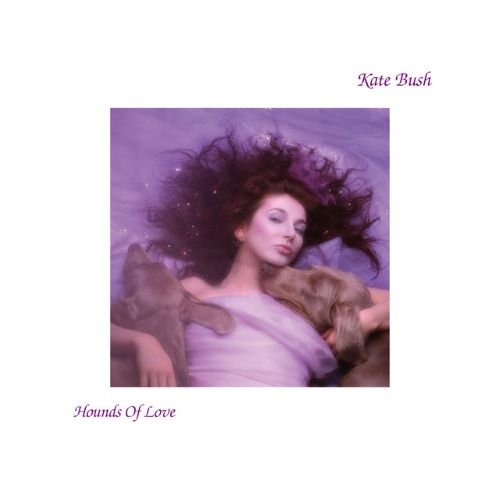Scorpio is all about life, death and sex.
That doesn’t surprise me. My three fucking obsessions.
Have you ever had your chart done?
My mum did it. I think she took me to all the occult creatures of Iceland, from the age of zero until I was 18, when I became a rebel anti-hippie. I got my fortune told and everything. I think I probably believe most of it, actually. I’ve got Pluto in a very important place, and that’s what I’m about. I have to re-create the universe every morning when I wake up. And kill it in the evening, which is a bit outrageous, but there you go.
Hard work.
Heee! Well, maybe not every morning, but maybe twice a year I have to destroy everything. I’ve also got my moon in the twelfth house, in Scorpio, and my son in Scorpio in the first house, and also Neptune. Then on my other half, my generational picture, I’ve got Pluto and Uranus in Virgo, and my midheaven is in conjunct with those two. Virgo is the sign of the nurse, so this means I was born to nurse my generation. I’m still 50-50 about whether this is true, but I was breast-fed on it.
In your lyrics, you seem obsessed with the sea.
I am, very much. It’s a combination of things — being born on a small island and always having the ocean. It makes your head function completely differently. If I travel, as long as I’m by the ocean, I’m fine. If I’m not, I get claustrophobic.
What do you exactly get from the ocean?
First of all, a sense of well-being, like I’m home. I had a really wild upbringing, which I think is the best upbringing anyone could have. My home was by the sea. If I walked down to the sea and sat down by the shore, I was home. That’s my mother, the ocean. Nothing can go wrong. I love swimming, another hippie thing. My mum says it’s because I’m a water sign. And the sense of space and boats. I’m obsessed with boats. It’s freedom.
Do you feel the lack of sea in London?
Yeah, it really does my head in. I tried to stay by Little Venice, but it’s a canal, so the water doesn’t move. I’m only here for work. It’s just two hours on an airplane; my kid [eight-year-old Sindri] can go back home when he wants to. I’m only here for a period, to get my little mission done, and once it’s finished, it’s finished. But after this little job is over, I’m living by the ocean. It doesn’t matter where it is.
What do you think your mission is?
It took me ages to reason it to myself. I find it very hard to be selfish. I just decided, I’m going to move to London, I’m going to be really selfish, I’m going to get all the instruments I want, all the noises and lyrics I like, and make all the music I can, because everybody’s got to express their vision, and no two people are the same. I could happily go and die if I could say, "I did my best, I made my sacrifice." It’s as basic as that. If I hadn’t done this, I would sit in my rocking chair at 85 with my grandchildren on my lap, and say, "Sorry, I didn’t have the guts." I’ve become selfish now, believe me. I’ll go out to the flower shop and buy flowers just for myself. It’s outrageous, isn’t it?
What do you feel about moving to London from Iceland?
It’s a cosmopolitan city. That’s the reason I’m here. If I want a dulcimer player, I can get one. If there’s a certain photographer I want to work with, more than likely he’s going to come through London. I can appreciate London from above, all the rooftops, maybe because I’m a kid and I like Peter Pan. I’m starting to appreciate aimlessness and eccentricity. I’ve realized that Englishness is about people who have to behave politely all day, and the clothes have to be all proper, but that doesn’t mean they’re not mad. You have to focus on it, but once you find it and focus on that energy, then you can stay sane. Compared to the English, Icelanders are like people from Sicily or somewhere. "I’m upset!!!" Like a volcano, they break things, and two hours later, they’re happy. There’s a volcanic eruption in Iceland once a year, on average.
Do you think that environment influences behaviour?
Very much so. What happens in Iceland is that you get the blizzard in your face, you have to fight the weather all the time, and you stay very alert, you never fall asleep. Your head is always working. People who go there think the Icelanders are really stressed out. They’re not, but their energy is on 10. We’ve got this awkward thing, which is 24-hour darkness in the winter, and 24-hour daylight in the summer. There is snow from October or November until mid-March. It means that in the winter you’re just inside and you write all the books you were going to write and get everything done on your own, and then in the summer you go absolutely mad. Like bears after hibernating.






















































